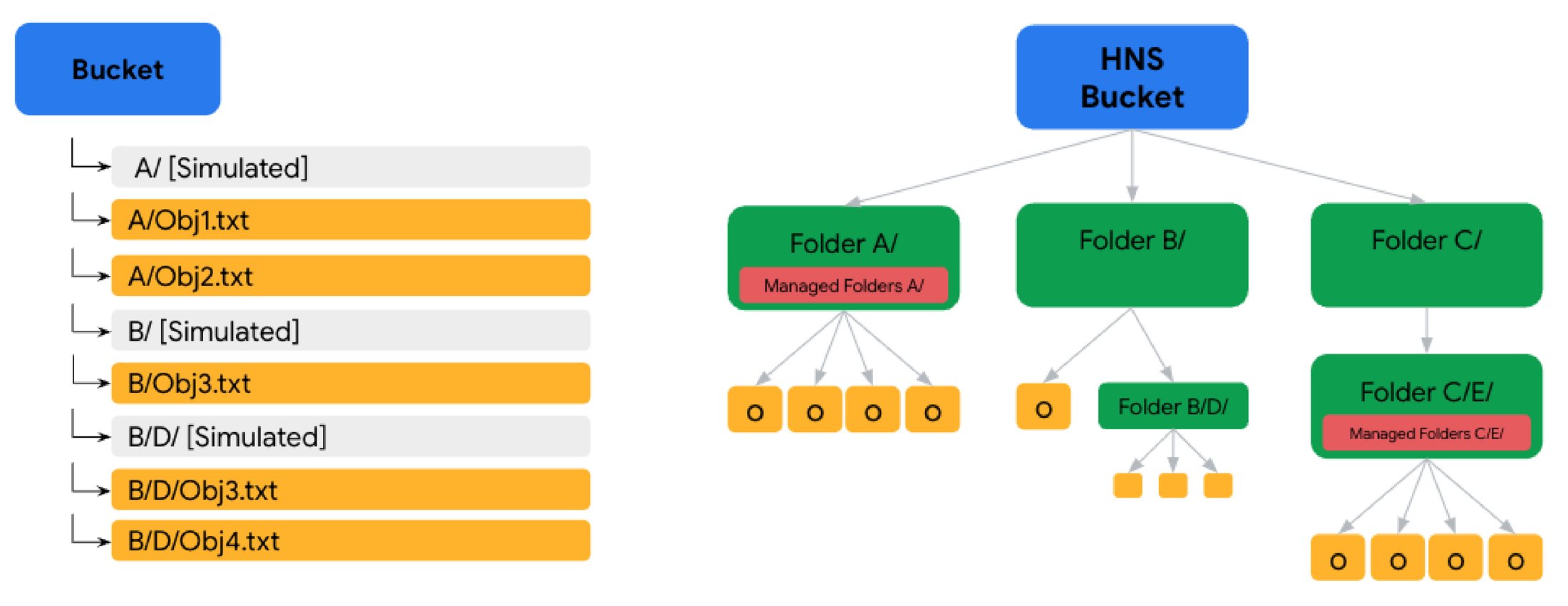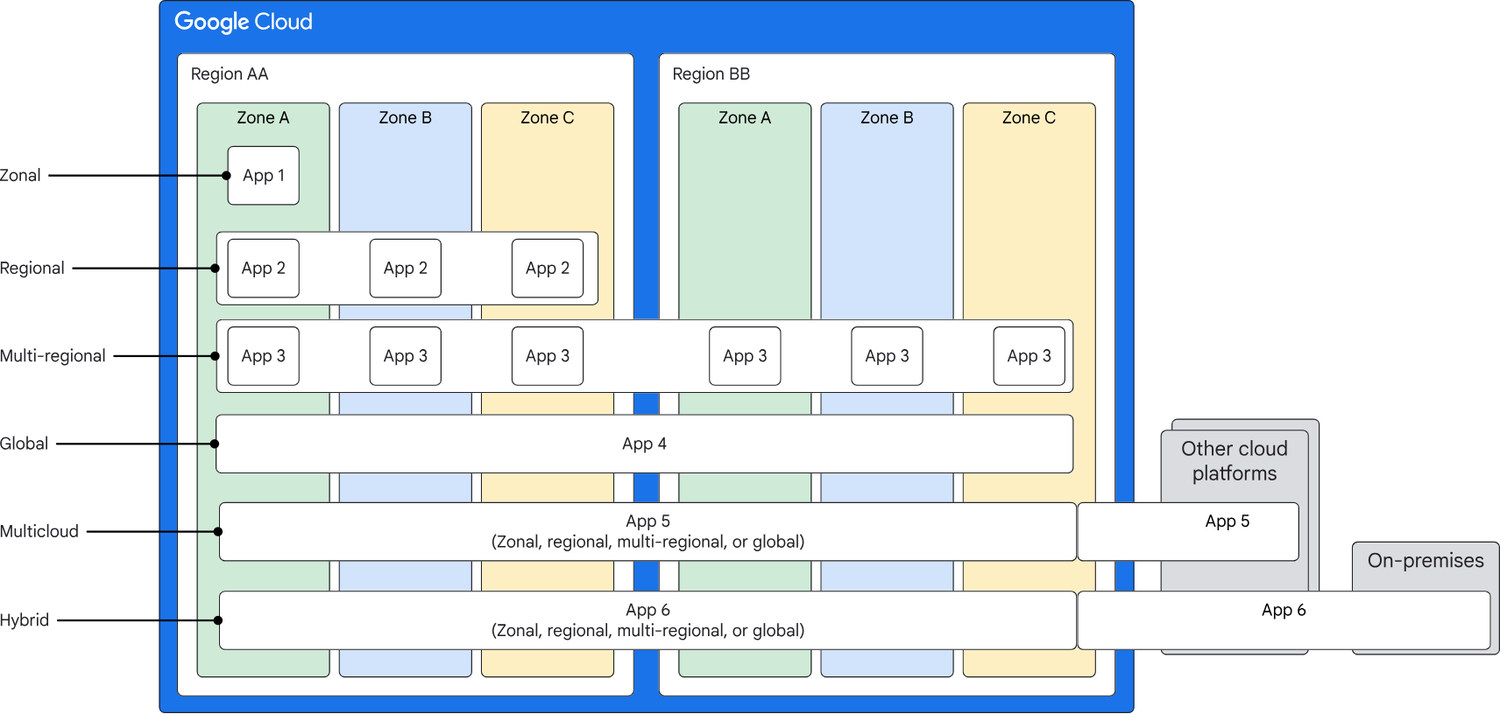This article explores how Netflix constructs highly reliable online stateful services through a multi-layered approach. It emphasizes that reliability goes beyond simply reducing failure rates; it also involves minimizing the impact of failures and optimizing recovery time. Netflix achieves high availability and strong consistency for microservices by replicating data across multiple regions and availability zones. Furthermore, Netflix invests significantly in stateful services to handle regional failures and enable rapid recovery, ensuring system stability and resilience. The article delves into how Netflix enhances system reliability and performance by leveraging caching, stateful clients, and server signals. Through the implementation of retry mechanisms and load balancing techniques, Netflix effectively addresses system failures and load reduction, further enhancing system reliability. Netflix also utilizes weighted n-choose-1 algorithms, concurrency control, and idempotency tokens (which ensure that a request, even if repeated, has the same effect) to build a highly reliable online stateful system capable of automatically mitigating impacts and recovering quickly under high loads without human intervention. Finally, Netflix combines server, client, and API designs to create large-scale, scalable, and SLO-compliant stateful services, guaranteeing high availability and high utilization. By handling high-frequency writes asynchronously, Netflix ensures the system operates at nearly 100% uptime.

